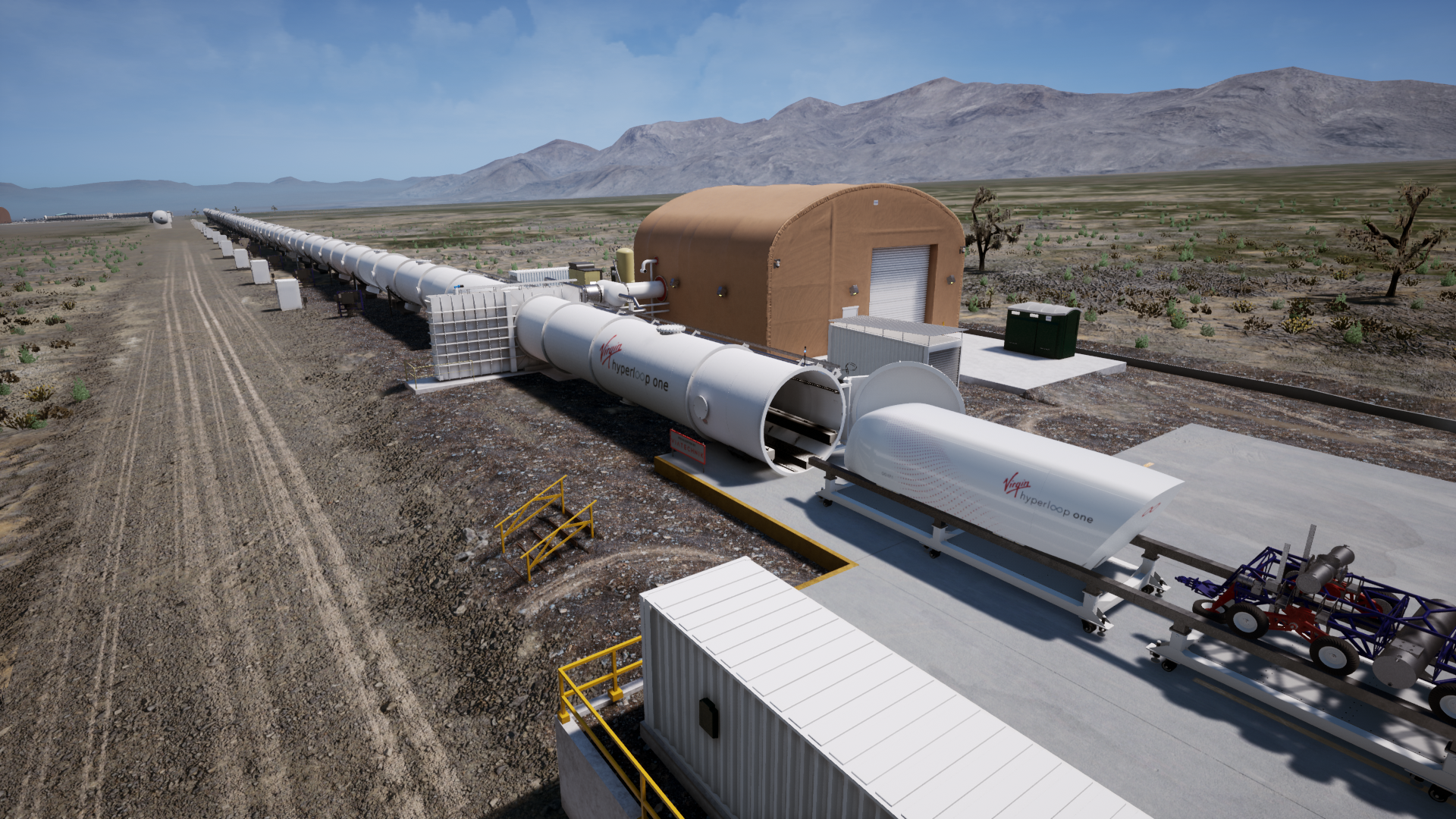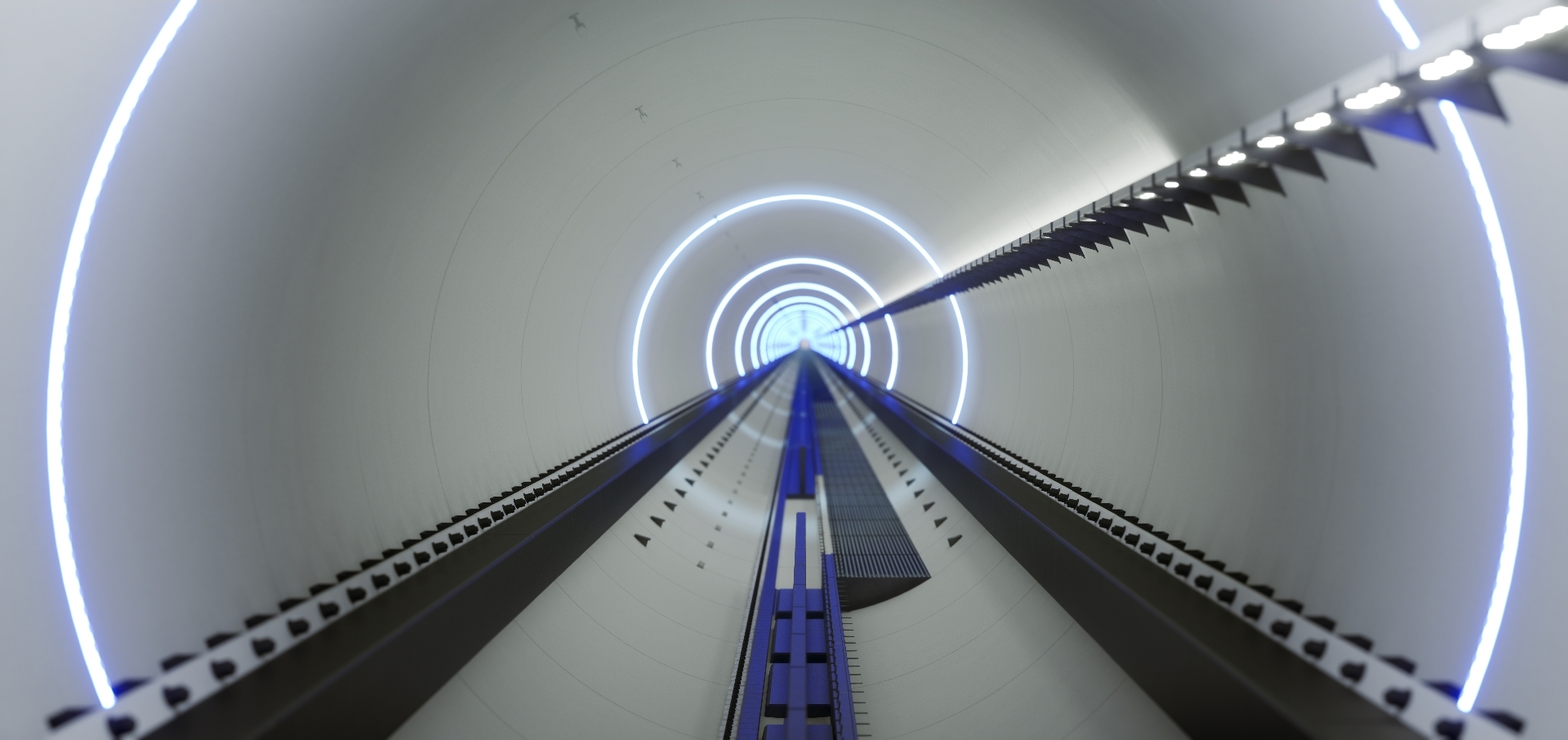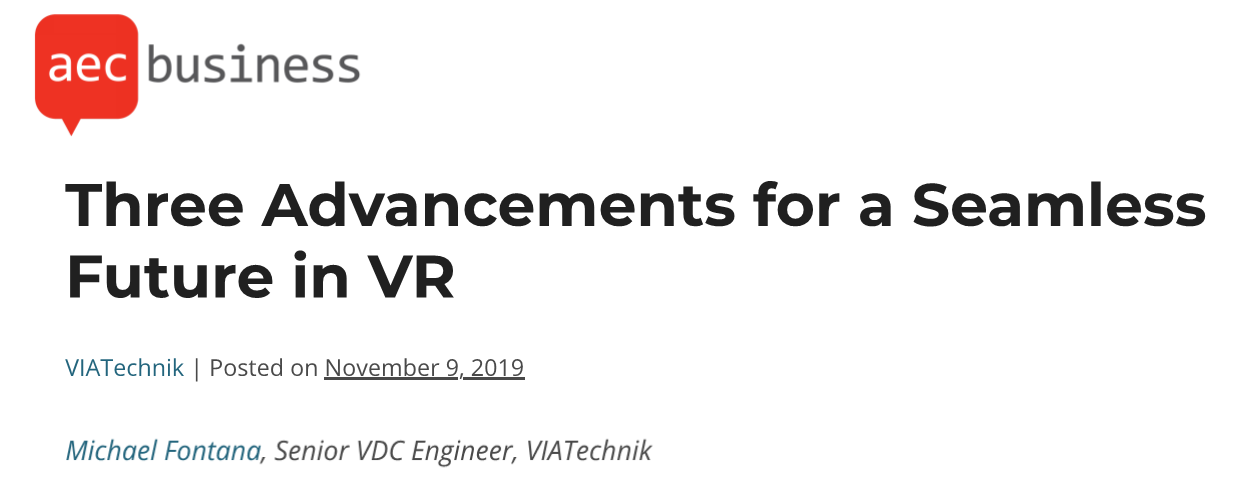Client: Virgin Hyperloop
Company: VIATechnik
Roles: Production manager, performance optimization, VR & mobile integration, client contact
Collaborators: 3D & Environmental Artists, Blueprint Programmer
Platforms: Unreal Engine 4, Unity, HTC Vive
To assist Virgin Hyperloop’s efforts for internal reviews and external marketing, VIATechnik created an interactive, real-time environment that simulates Virgin Hyperloop’s current test site in Nevada. I was mainly responsible for directing the production of the scene during each phase of the project, ensuring the scene visualized all relevant content and real-world assets accurately, integrated controls for multiple platforms, and maintained adequate performance during run-time. The greatest challenge of this project was balancing the volume of required details and scale while maintaining performance standards.

To create the landscape, I directed our team to overlay materials and decals at several different scales: satellite imagery provided the differentiation of the landscape’s appearance at it’s largest scale, such as the change in appearance between the mountain peaks and basin. Grass and dirt textures created in Substance were then painted on the landscape to provide medium-scale differentiation and break up any material tiling. Lastly, decals were added for specific details like tire tracks or concrete stains which enhanced the photorealistic appearance.
The tube and pod assets were extracted from Virgin Hyperloop’s Civil 3D model. To optimize these assets for real-time production, the meshes were simplified and UVs rebuilt in Maya before importing. Foliage assets were created manually from reference photos of the site. After importing, I assigned them LOD levels to limit their performance demand at run-time.

In addition to the existing facilities and track, the first phase of this project offered users a first-person view inside the tube as the pod undergoes a simulated loading and launch sequence. Given the length of the tube, the numerous details, and the need for photorealistic rendering, I anticipated this would cause issues with performance and lighting accuracy. To solve this, the tube interior was segregated to a separate level to remove any influence from the exterior environment in the lighting calculations. This minimized lighting and UV artifacts and allowed my team to focus on perfecting the intricate details.
After completion of the scene setup, I directed the production of a cinematic video which was eventually exhibited during Virgin Hyperloop’s keynote address at Autodesk University 2019. The video was subsequently displayed on a continuous loop at Virgin Hyperloop’s offices for several months. During several phases of the internal project review, I also setup the scene to run through Pixel-streaming, allowing team members to review the project site through a web browser.
In the second phase of the project, VIATechnik built Virgin Hyperloop’s anticipated future test track construction and provided an animation of the construction sequence synchronized with the construction timeline. This animation visualized the project’s future construction plans and was shown to DP World–one of the leading venture investors and chair of Virgin Hyperloop.
If you’re interested in reading more about this project, along with some of my other ideas about the future of VR adoption, you can see the article I wrote here in AEC Business.
